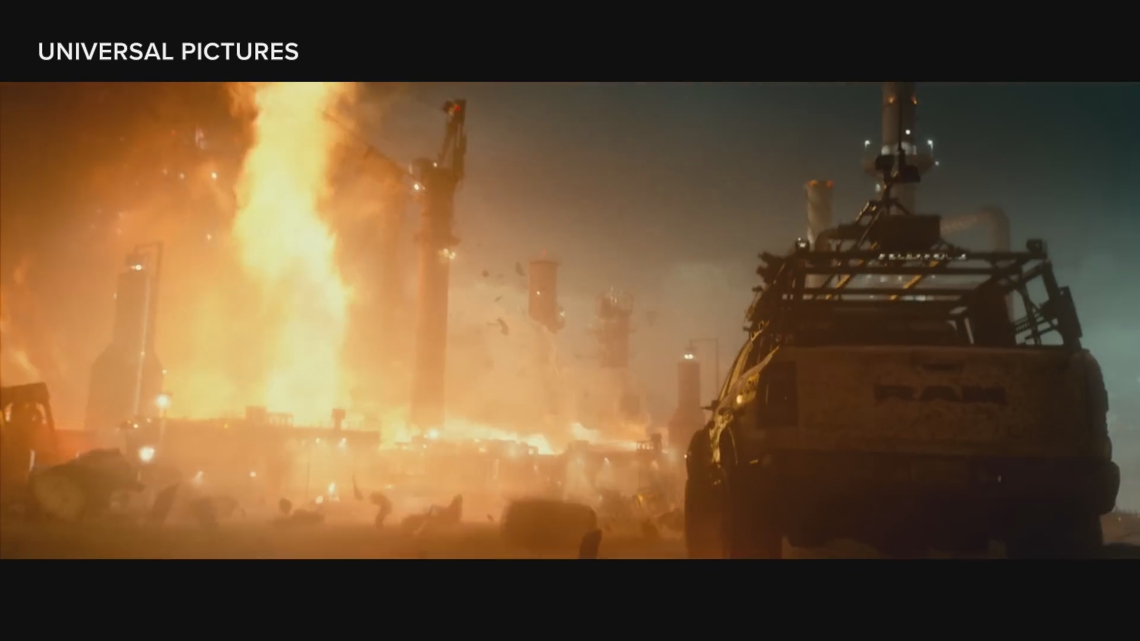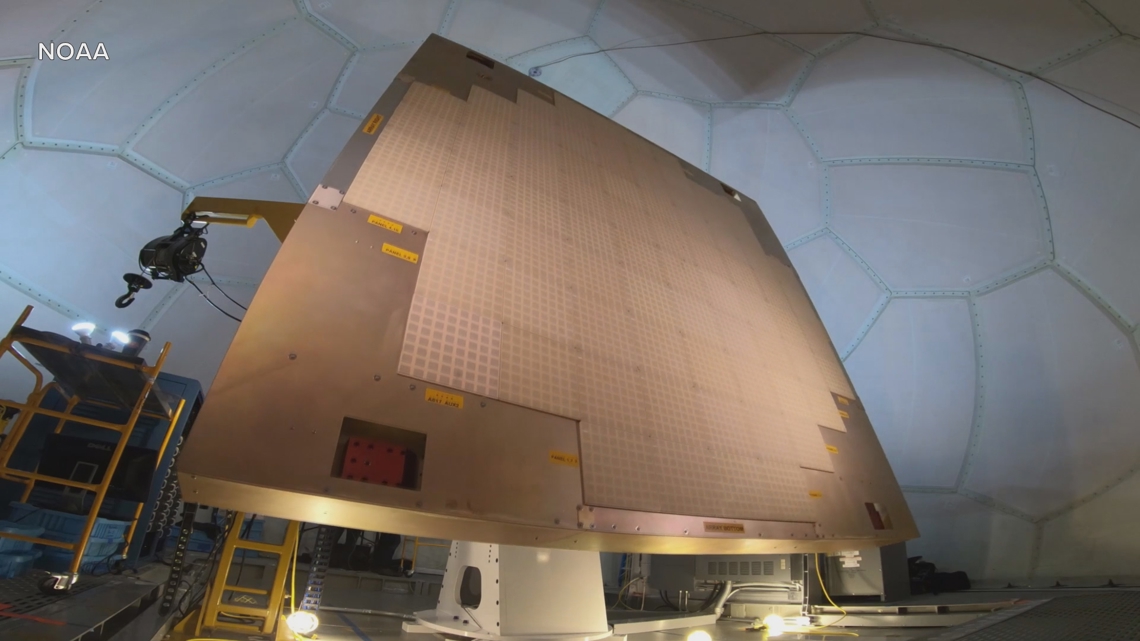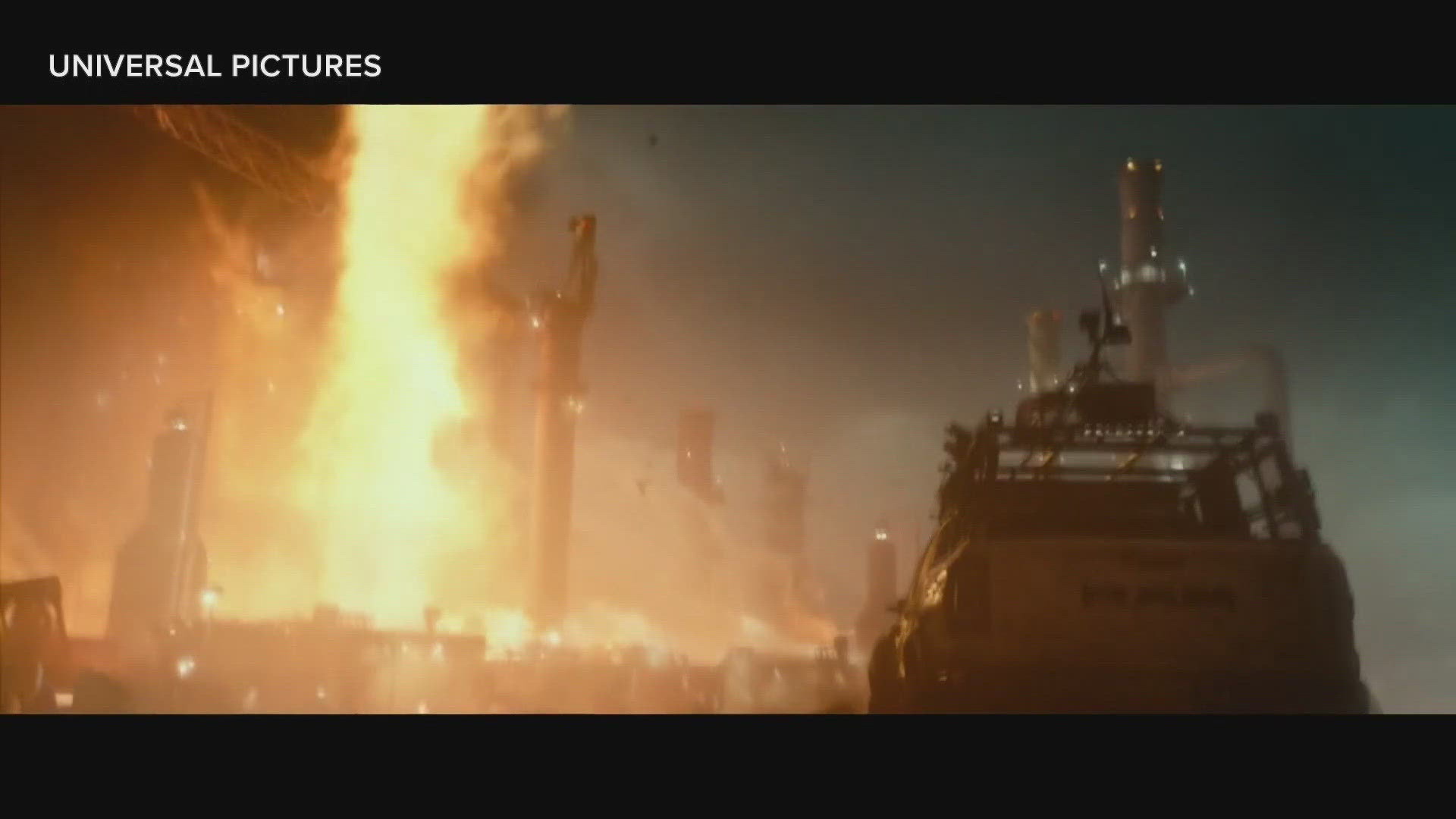COLUMBUS, Ohio — There's no questioning the box office success of the new movie "Twisters" the long awaited sequel to the 1996 movie which stared Bill Paxton and Helen Hunt. While this movie brings in a new cast and a new story, in just two weeks it has made over $169 million in the U.S. and another $66+ million internationally.
However, if you've seen the movie, you may be questioning the science behind what you saw on the big screen. We wanted to get to the bottom of these questions as well, and that's why 10 Weather Impact Meteorologist Michael Behrens reached out to the National Oceanic & Atmospheric Administration (NOAA) and their National Severe Storms Laboratory (NSSL) for some answers!
SPOILER ALERT: We will be discussing aspects of the movie below, but hopefully in a way that does not give away any of the big moments in the movie. Nonetheless, if you've sheltered yourself thus far, I would go watch the movie and bookmark this page for later! 😉


Much like in the 1996 original, "Twisters" presents us with two teams of weather researchers so to speak. One that we'll call the "bad guys" and the other are obviously our "heroes", in this case draped in a healthy dose of southern charm.
This plot leads to a lot of weather based action, drama and suspense, but does it lead to something that is actually scientifically plausible in the real world? That depends on which team of weather nerds you're following.
Without exposing too many details, the good guys are out on a mission to literally fight tornadoes for the good of all, while the bad guys are out to collect research changing data, but are supported by some dark motives. The scientific plot twist here, the work the bad guys are doing is actually the more realistic of the two options!
While the general scientific consensus on the good guys plan is that it is dubious at best, the bad guys go through the movie fielding a piece of technology called a Phased Array Radar, or PAR. This is a type of radar that uses a fixed array of tiny antennas instead of a large rotating dish. Best of all, this technology is actually being tested now and could be the future of weather radar in the coming decades.


Turning back now to the NSSL, we spoke with the Division Chief of Radar Research and Development, Larry Hopper, about what this new radar technology has to offer.
Larry said, "Phased array radar, or PAR, as you probably heard it called the movie, is a technology that's been around for decades for military applications, and for tracking planes and other point targets. It's something that we've also been working on here at the National Severe Storms Laboratory since the early 2000s."
He continued, "PARs have 1000s of individual elements on a flat antenna that direct the beam electronically, instead of mechanically, like what you see from a traditional rotating dish radar that's currently used in the existing national radar network."
That sounds cool and futuristic, but what is the advantage to these radars? When asked about this Larry said, "In terms of what PARs can offer from a volumetric standpoint, sustained or scan,[collecting new radar data for display] we can do that generally right now anywhere from 60 to 90 seconds, whereas the current radar network would be somewhere between four to seven minutes, depending upon the scanning strategy that's employed."
That's an improvement of seven times in the best case scenarios, and almost triple at worst. This could mean faster weather warnings, more accurate weather alerts, less false alarms and detection of previously unseen tornadoes.
Larry continued, "It can definitely help get the warnings out a little bit earlier, it could definitely give improved confidence in the warnings that you're issuing, particularly for very short lived tornadoes and things that might be along lines called quasi-linear convective systems. We get little, very fast, spin ups of tornadoes, that maybe only lasts for themselves a minute or two, but then if they continue to occur several times over the course of a couple of hours, that would give you increased confidence of those warnings downstream."
As for the rest of the science in the "Twisters" movie Larry says, "I think in terms of the actual process of developing a research question or hypothesis and testing it, and in this case testing it multiple times, and maybe having failures, and then having to rephrase those hypotheses and come up with a new way of doing things, the scientific process I think is absolutely on display and in a way that is interesting."
You can listen to our full discussion about the future of radar and the science of Twisters below.
When it comes to this new technology, we are not looking at any final decisions being made until roughly the 2030s and deployment in the 2040s. As for "Twisters," you can catch that in theaters now!
-- Meteorologist Michael Behrens
Follow me on social media! Facebook Meteorologist Michael Behrens, X/Twitter @MikeBehrensWX, and Instagram/Threads @MikeBehrensWX.
Email me at: MBehrens@10tv.com

